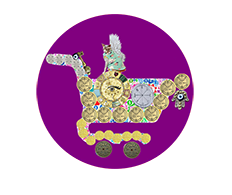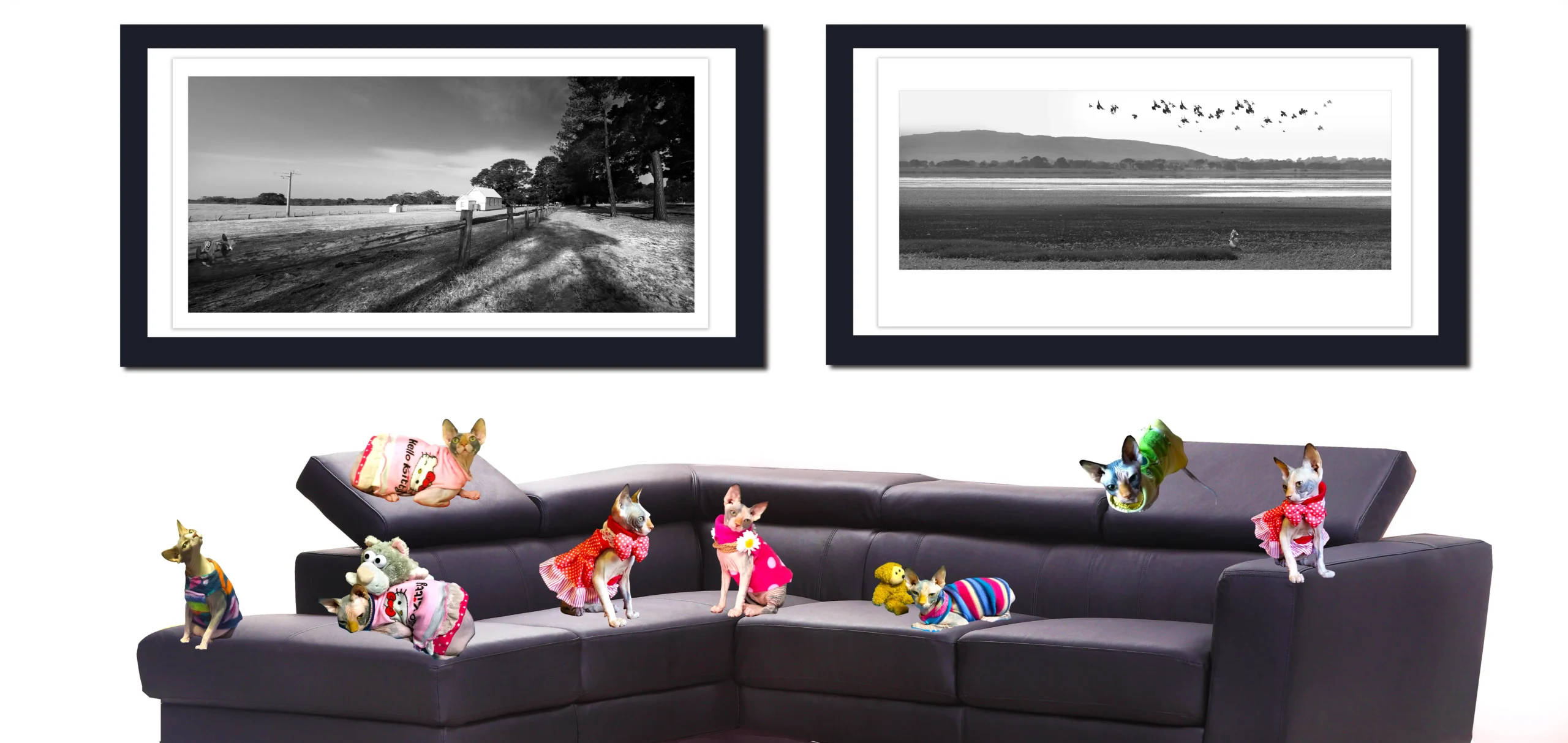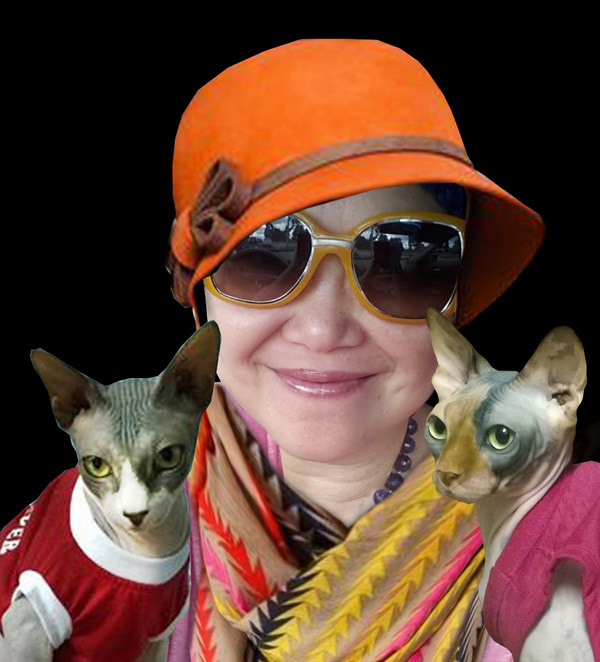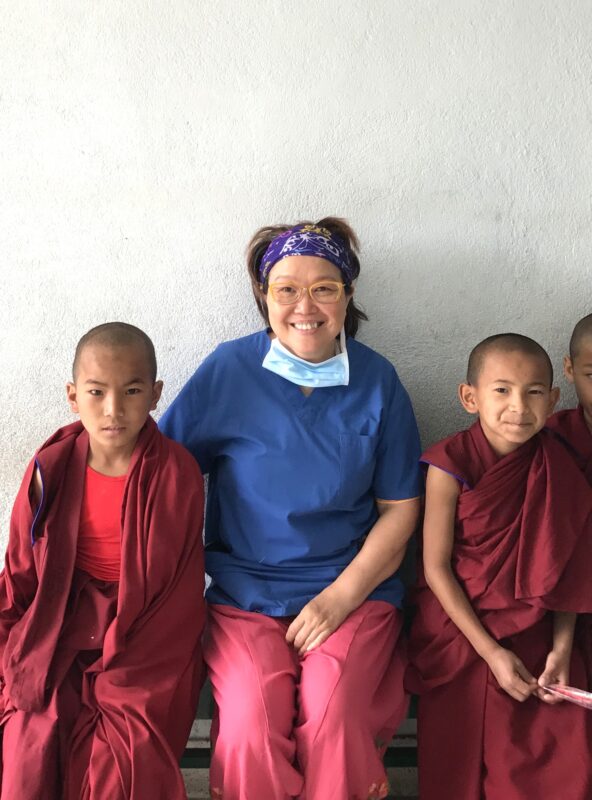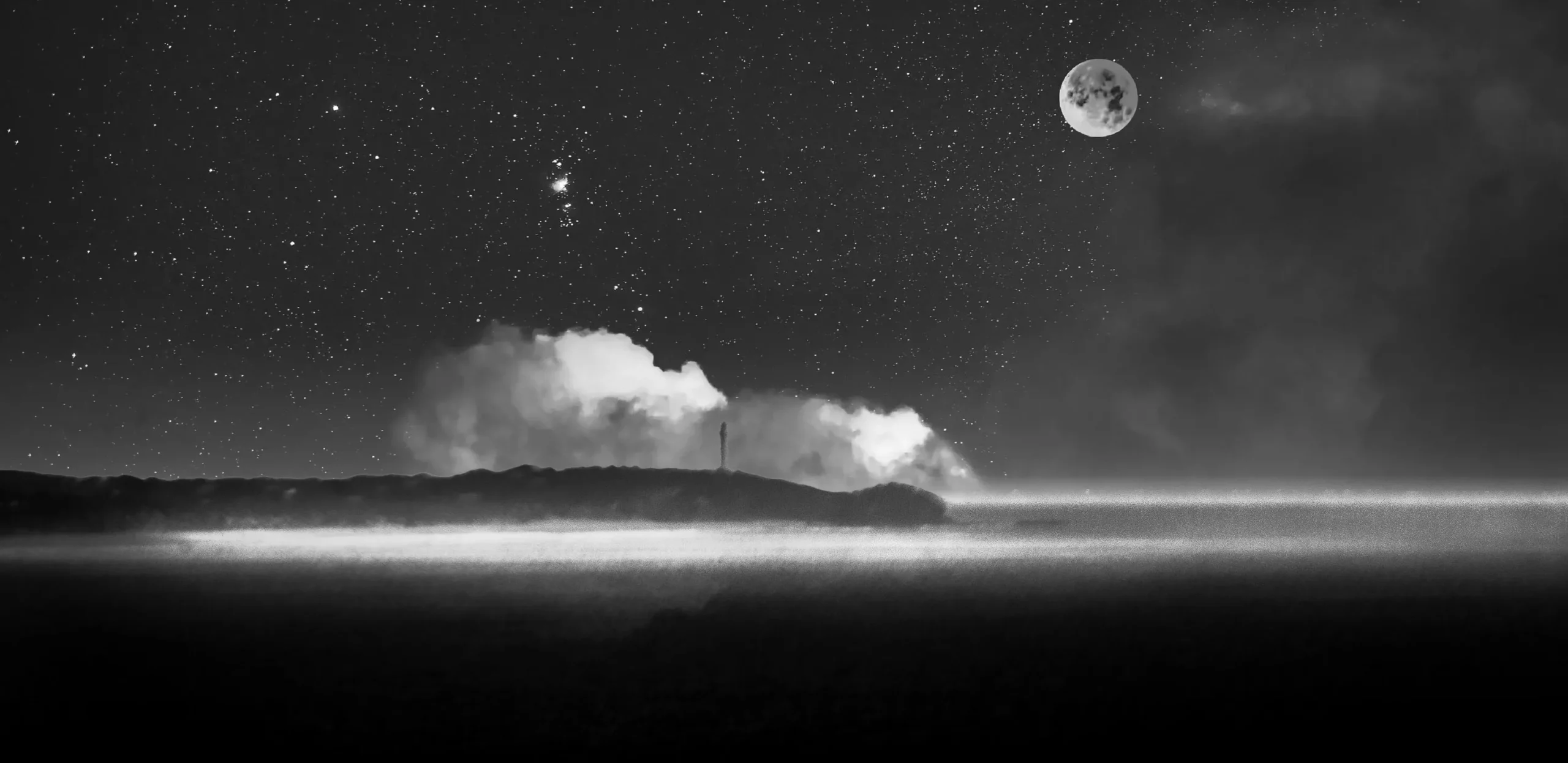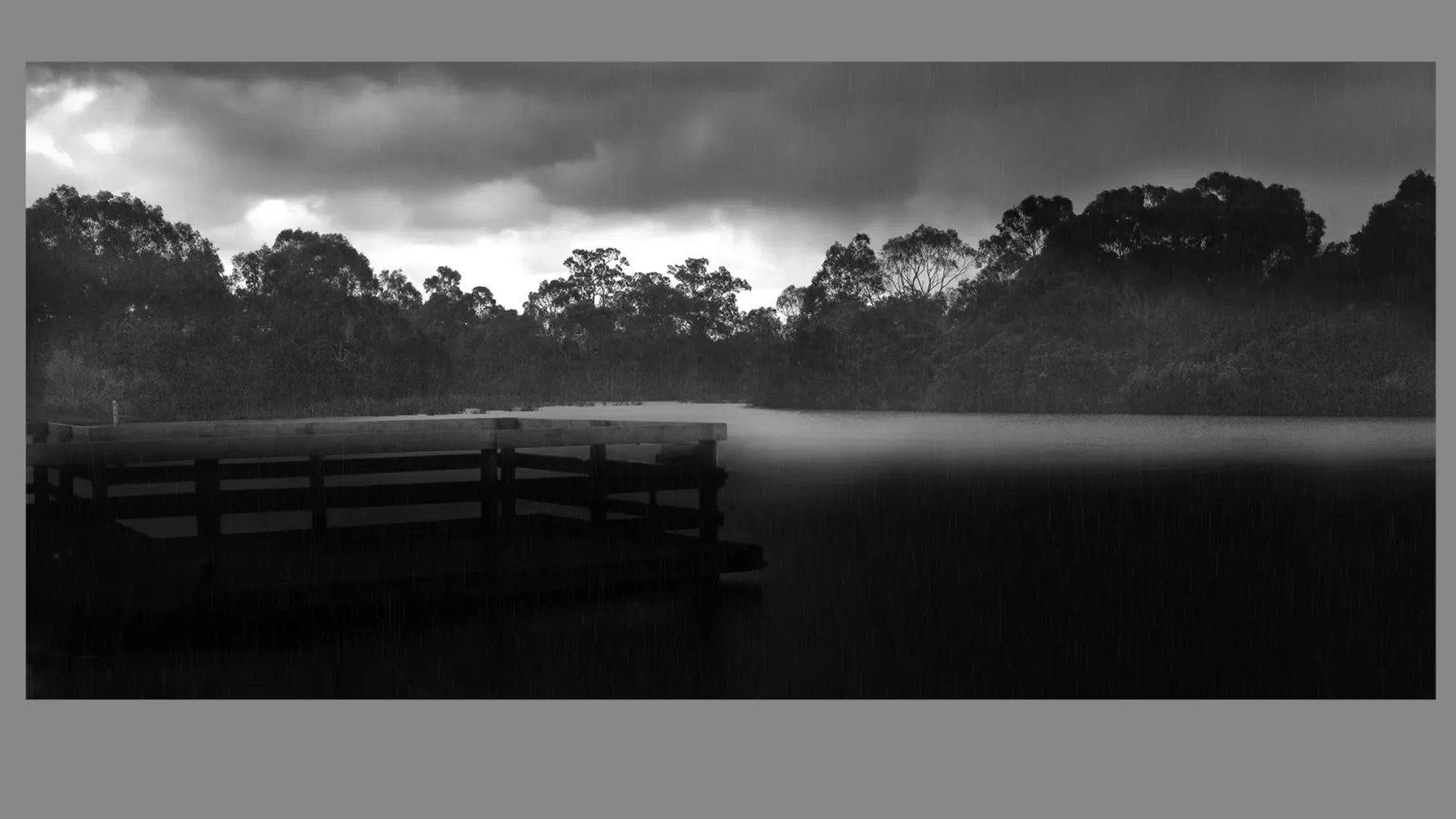Managing fear of Riding the Camel
Welcome to Travel, Lifestyle, Art & Photography of Dr Zenaidy Castro Blog. The globetrotting Cosmetic Dentist based in Melbourne Australia. See the world from my photographic perspective. I identify myself as a passionate explorer and adventurer at heart, with strong interest in remote places, unique cultures and different lifestyle.
I hope you enjoy exploring my travel blog and inspired by what you see. Through my photos, I hope to encourage others to get out and explore. To not be scared and to be open to new experiences and civilisations. Because, at the end of the day, travel is about finding experiences that change our minds and widen our perspectives in order to create a more inclusive world. Please feel free to browse thru my blog.
Most of the photographs posted on this blog were taken with my mobile phone. I invite you to browse through my SHOP page to see the real fine art photography that I have created while travelling.
______________________________________________________________________________________________
Fear is a universal human experience that touches every aspect of our lives. Whether it’s the primal terror of spiders scurrying across the floor, the anxiety-inducing anticipation of a dental appointment, or the paralyzing dread of potential failure, we all carry fears that shape our decisions and behavior. These fears come in countless forms – public speaking, heights, rejection, financial instability, or even the fear of success itself.
However, not all fears are created equal. Understanding the different categories of fear can help us recognize which ones serve us and which ones sabotage our potential.
Life-saving fears are our evolutionary allies. The fear of touching a hot stove, crossing a busy street without looking, or swimming in dangerous waters keeps us alive. These instinctive responses protect us from genuine threats and deserve our respect.
Realistic stoppers act as wise counselors, preventing us from making poor decisions. The fear of investing our life savings in a questionable venture or the hesitation before sending an angry email can save us from serious consequences. These fears often stem from experience and wisdom.
Blockers are the fears that keep us stuck in our comfort zones without valid reason. They whisper “what if” scenarios that rarely materialize, preventing us from trying new experiences, meeting new people, or exploring opportunities that could enrich our lives.
Dream killers are perhaps the most destructive. These are the fears that convince us we’re not good enough, smart enough, or worthy enough to pursue our aspirations. They masquerade as protection but actually rob us of our potential, keeping us small when we’re meant to grow.
The question isn’t whether you have fears – we all do. The real question is: which category dominates your life? Are your fears protecting you, or are they holding you prisoner?

For me, the fear that haunts my adventures is acrophobia – the fear of heights. This revelation hit me like a thunderbolt during what should have been one of the most awe-inspiring moments of my life: hiking through the ancient citadel of Machu Picchu. There I was, surrounded by breathtaking Andean peaks and mystical ruins, yet paralyzed by the dizzying drops and precarious mountain paths. That’s when I truly understood that I belonged to that unfortunate group of people who carry specific dreads that can unexpectedly surface and reshape our experiences.
As a landscape photographer, this fear feels like a cruel cosmic joke. My profession demands that I chase dramatic vistas, scale rocky outcrops for the perfect angle, and venture to elevated viewpoints where the most spectacular shots await. Yet here I am, my palms sweating and heart racing whenever I approach a cliff edge or look down from a mountain trail. This phobia doesn’t just limit my professional capacity to capture those jaw-dropping aerial perspectives and vertigo-inducing compositions – it fundamentally restricts my ability to live freely and fully embrace the adventures that call to me.
The fear extends beyond photography into everyday experiences that others take for granted. Even something as seemingly unrelated as a camel ride can trigger anxiety, knowing I’ll be perched high atop an unpredictable animal, swaying with each step. It’s frustrating to feel your body betray your adventurous spirit, to have your mind scream warnings when your heart yearns to explore.
This fear falls squarely into the “blocker” category – it’s not protecting me from genuine danger, but rather preventing me from fully experiencing the world’s wonders. It’s a reminder that sometimes our fears don’t align with our dreams, creating an internal conflict between who we want to be and what our anxieties allow us to become.

My dental practice has earned a well-established reputation not only for excellence in dentistry but also for our specialized approach to managing dental phobia. This unique expertise has made our clinic a beacon of hope for patients who harbor deep-seated fears about dentists or dental procedures. They arrive at our doors carrying years of anxiety, postponed treatments, and desperate hope that we can help them conquer the terror that has kept them away from proper oral care.
The irony isn’t lost on me – here I am, successfully helping others overcome their fears while battling my own phobia of heights. This parallel experience has given me profound insight into the psychology of fear and the path to overcoming it.
When confronting my acrophobia, I employ the exact same strategies I share with my dental-phobic patients. The process begins with honest self-assessment: giving myself the same compassionate pep talk I offer to trembling patients in my chair. Just as I guide them through fear management techniques, I’ve learned to apply these principles to my own limitations.
The first crucial step in managing any fear is conducting a realistic threat assessment. I ask myself the same questions I pose to my patients: Is there genuine validity to these overwhelming emotions? Does the situation actually present high risk that could endanger my life? More often than not, the answer reveals a fundamental truth about human psychology – our fears are typically far more terrifying in our imagination than in reality.
Most of the scenarios we agonize over, the catastrophic outcomes we envision, simply never materialize. Our minds possess an extraordinary capacity for deception, conjuring worst-case scenarios that exist only in our thoughts. This mental trickery becomes our greatest obstacle, preventing us from reaching our full potential and accomplishing goals we never imagined possible.
However, the same powerful mind that creates these limiting fears can become our greatest asset when properly directed. If we never challenge ourselves to step beyond our comfort zones, we’ll never discover the extent of our true capabilities.

Emilia Lahti’s interpretation of Hypponen’s work resonates deeply with my dual experience as both a fear-conquering practitioner and a phobia sufferer. Her argument that confronting our deepest fears serves as a crucible for character development aligns perfectly with what I’ve observed in my dental practice and experienced personally with my acrophobia.
When I watch my dental-phobic patients finally settle into the chair after years of avoidance, something remarkable happens. It’s not just about getting their teeth cleaned – it’s a profound transformation. That moment when they face their terror head-on, they don’t just overcome a dental fear; they discover an inner strength they never knew existed. Their eyes often reflect surprise at their own courage, and many leave our office walking taller, carrying themselves differently.
Lahti’s concept of expanding our “mental and emotional reserves” perfectly captures what I’ve witnessed. Each patient who conquers their dental phobia doesn’t just gain better oral health – they gain proof of their own resilience. This victory becomes a reference point, a mental bookmark they can return to when facing other challenges in life.
Similarly, my own battle with heights has become a laboratory for character building. Every time I push myself to climb that rocky outcrop for a photograph, or force myself to look down from a mountain trail, I’m not just fighting acrophobia – I’m expanding my capacity for courage. Lahti’s notion of finding a “second wind of motivation” rings true; each small victory over my fear creates momentum for the next challenge.
This process transforms fear from a limiting force into a growth catalyst. Rather than avoiding what scares us, we begin to seek it out, recognizing that our fears often mark the precise boundaries of our unexplored potential.

Kyle Maynard’s approach to conquering pre-fight anxiety offers a masterclass in fear management that perfectly illustrates the transformative power Lahti describes. His strategy of mentally rehearsing every possible anxiety—essentially flooding his mind with the very fears that torment him—demonstrates a counterintuitive but profoundly effective principle that I’ve begun incorporating into both my practice and personal life.
In my dental office, I’ve started encouraging severely phobic patients to employ a modified version of Maynard’s technique. Rather than avoiding thoughts of the dental procedure, I guide them through detailed mental rehearsals of their visit—from walking through our door to sitting in the chair, hearing the drill, feeling the injection. We explore every sensation they dread, every catastrophic scenario their mind conjures. Initially, this intensifies their anxiety, but something remarkable happens: by the actual appointment, they’ve already experienced their worst fears dozens of times in their imagination. The reality becomes almost anticlimactic.
This mirrors my own journey with acrophobia. Instead of avoiding thoughts of heights, I’ve begun deliberately visualizing myself on cliff edges, rope bridges, and mountain peaks. I mentally rehearse the vertigo, the sweaty palms, the racing heart. When I actually face these situations, I’ve already metabolized the fear.
Maynard’s insight reveals the profound truth that facing our fears doesn’t just neutralize them—it transforms them into fuel. The energy we previously spent avoiding and dreading our fears becomes available for growth and achievement. Each boundary we push past doesn’t just expand our comfort zone; it expands our capacity for persistence under pressure.
This boundary expansion creates what I call a “courage compound effect”—each conquered fear makes the next one more approachable, building momentum that carries us far beyond what we thought possible.

This transformation of fear’s energy into personal strength represents perhaps the most profound aspect of fear mastery—it’s not merely about becoming unafraid, but about alchemy, converting our most paralyzing emotions into our most empowering qualities.
In my dental practice, I’ve witnessed this metamorphosis countless times. Patients who initially required sedation to even enter the office eventually become my calmest, most rational clients during complex procedures. Their rehearsed familiarity with fear transforms them into partners in their own care—they breathe deeply during injections, communicate clearly about their comfort levels, and make informed decisions even when experiencing discomfort. The same neural pathways that once fired with panic now channel focused determination.
My own relationship with heights has undergone a similar transformation. Where I once felt overwhelming dread at the thought of elevation, I now experience what I can only describe as focused intensity. That same physiological arousal—the quickened pulse, the heightened awareness—that once signaled terror now signals preparedness. When I’m photographing from a rocky ledge, those familiar sensations have become tools: they sharpen my focus, heighten my attention to safety details, and fuel my persistence in capturing the perfect shot.
This energy conversion explains why people who’ve conquered significant fears often become the most resilient individuals in crisis situations. They’ve learned to recognize fear’s familiar rhythm and redirect its power. The adrenaline that once scattered their thoughts now concentrates their minds. The hypervigilance that once paralyzed them now enhances their situational awareness.
We essentially rewire our relationship with our own survival instincts, transforming the very mechanisms designed to make us flee into the forces that drive us forward.
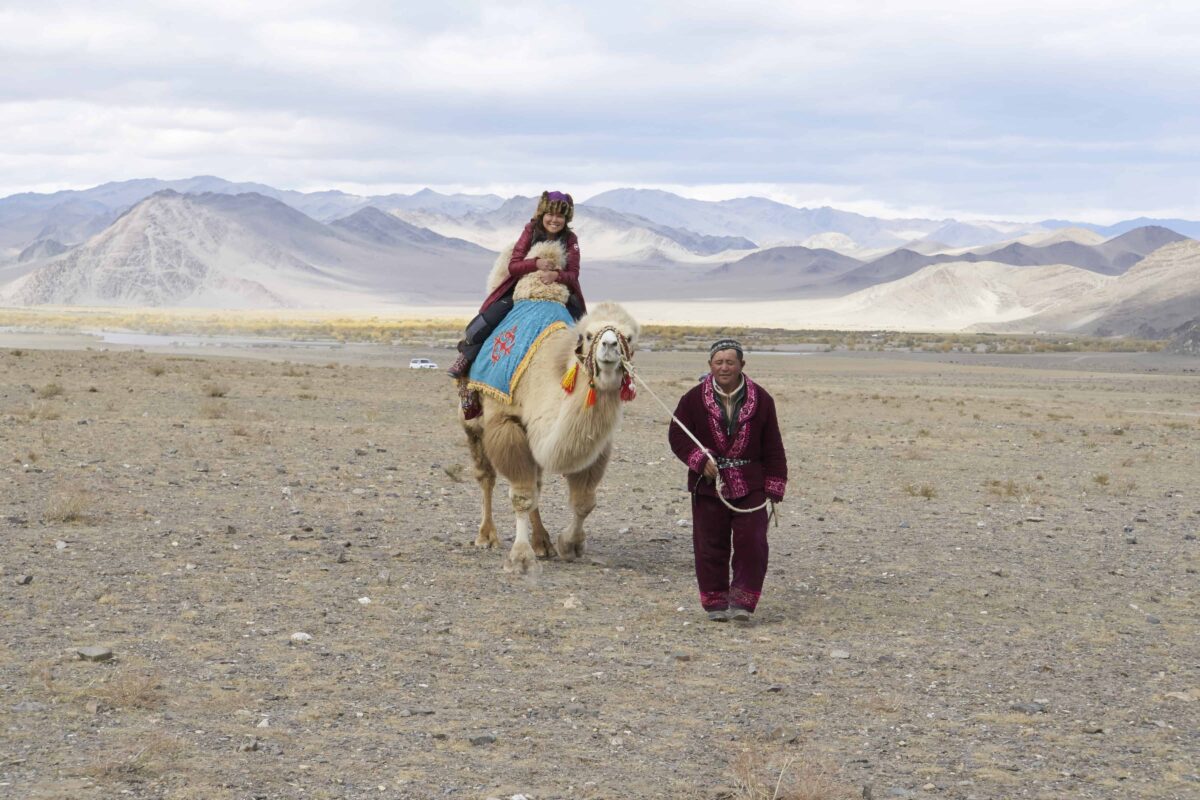
Fear lies at the edges of our boundaries, just beyond our comfort zones. The goal is to tap into the energy of that fear to extend the realm of the possible.
Your camel riding triumph perfectly captures the essence of fear’s role as boundary guardian—and the profound satisfaction that comes from pushing past those boundaries. There’s something beautifully honest about your admission that you’re still not completely fearless about heights. Complete fearlessness isn’t the goal; expanding our realm of possibility is.
That camel ride represents far more than checking off a bucket list item. It represents a fundamental shift in your relationship with limitation. Every time you chose option two—facing the fear rather than staying in the predictable—you didn’t just conquer one specific anxiety. You proved to yourself that the edges of your comfort zone are more flexible than you thought.
I think about my own journey with dental phobia patients who, after their first successful procedure, often say something remarkably similar to what you’ve shared: “Am I completely comfortable with dental work now? Not really. But I can get my teeth fixed.” That “but I can” is everything. It’s the difference between a life constrained by fear and a life expanded by courage.
Your two-option framework is elegantly simple and brutally accurate. We can preserve our comfort zones and live within their familiar walls, or we can use fear as our expansion tool. What I find most compelling about your experience is that you’ve discovered what Maynard knew: fear’s energy, when harnessed, becomes the very force that propels us beyond what we thought possible.
That camel ride wasn’t just about conquering heights—it was about proving that the boundaries we think are fixed are actually negotiable.


What a perfect capstone to our conversation about fear and courage! Your Mongolia camel adventure is a masterclass in transforming terror into triumph—and your honesty about the screaming and tight grip on that poor camel’s hump makes it all the more genuine and inspiring.
That September 2016 moment during Naadam Festival represents exactly what we’ve been discussing: you chose option two. Despite becoming the “laughing stock” of your photography group, despite your fear being so visible that someone joked about making the camel run faster, you stayed on. You faced it. You got through it. And most importantly—you had fun.
The fact that you can now look back and laugh about gripping that camel’s hump while screaming shows how profoundly your relationship with that fear has shifted. What once felt like pure terror has transformed into a cherished memory and a source of strength for future adventures.
Skydiving or elephant riding—both excellent candidates for your next boundary expansion! The beautiful thing is that you now carry the proof within you that you can handle more than you think. That screaming, white-knuckled camel rider from Mongolia has evolved into someone contemplating jumping out of planes.
Thank you for sharing such a vulnerable and inspiring story. Your journey from terror to triumph, complete with the messy, imperfect, beautifully human details, is exactly the kind of courage that expands the realm of the possible.
Until your next adventure post—keep pushing those boundaries!

Here are some inspirational life quotes to help you see the amazing potential that life has to offer by facing fearlessly your fear.
All the concepts about stepping out of your comfort zone mean nothing until you decide that your essential purpose, vision and goals are more important than your self-imposed limitations. ~ Robert White
Outsides life’s comfort is the person we’re meant to be.
“When I stand before God at the end of my life, I would hope that I would not have a single bit of talent left and could say, I used everything you gave me.” – Erma Bombeck
“When I let go of what I am, I become what I might be.” – Lao Tzu
“You may find the worst enemy or best friend in yourself.”– English Proverb
“Though no one can go back and make a brand new start, anyone can start from now and make a brand new ending.” – Carl Bard

Life should not be a journey to the grave with the intention of arriving safely in a pretty and well preserved body, but rather to skid in broadside in a cloud of smoke, thoroughly used up, totally worn out, and loudly proclaiming “Wow! What a Ride!”
– Hunter S. Thompson
Whether you’re seeking modern elegance Abstract art or timeless charm of black and white photography, Dr Zenaidy Castro’s diverse range of art and photographic prints and artpieces ensures you find the perfect match for your unique vision. Explore our abstract art and photographic collection and see how our artworks and photographs can transform your establishment into a visual masterpiece.
[sp_easyaccordion id=”54074″]
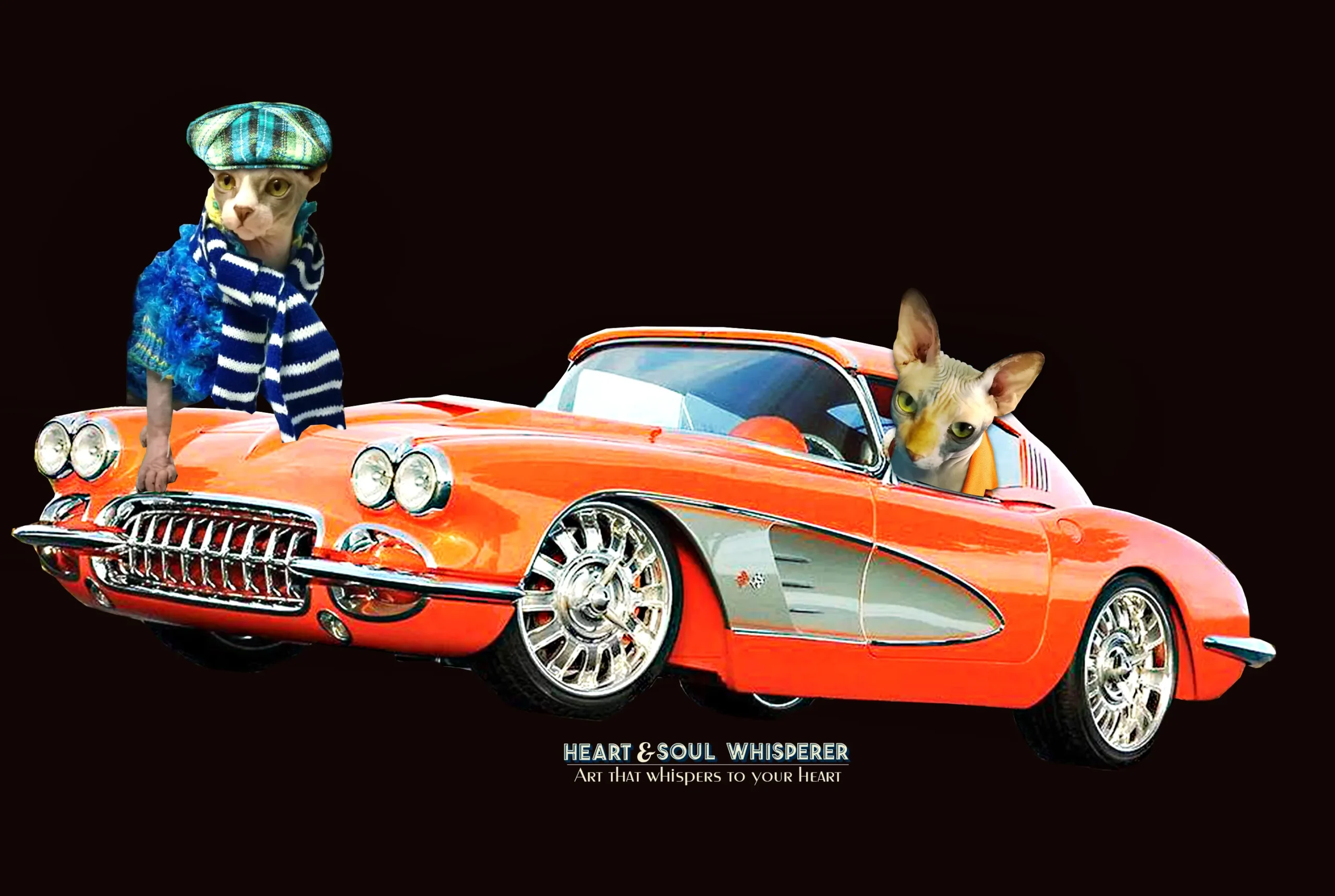
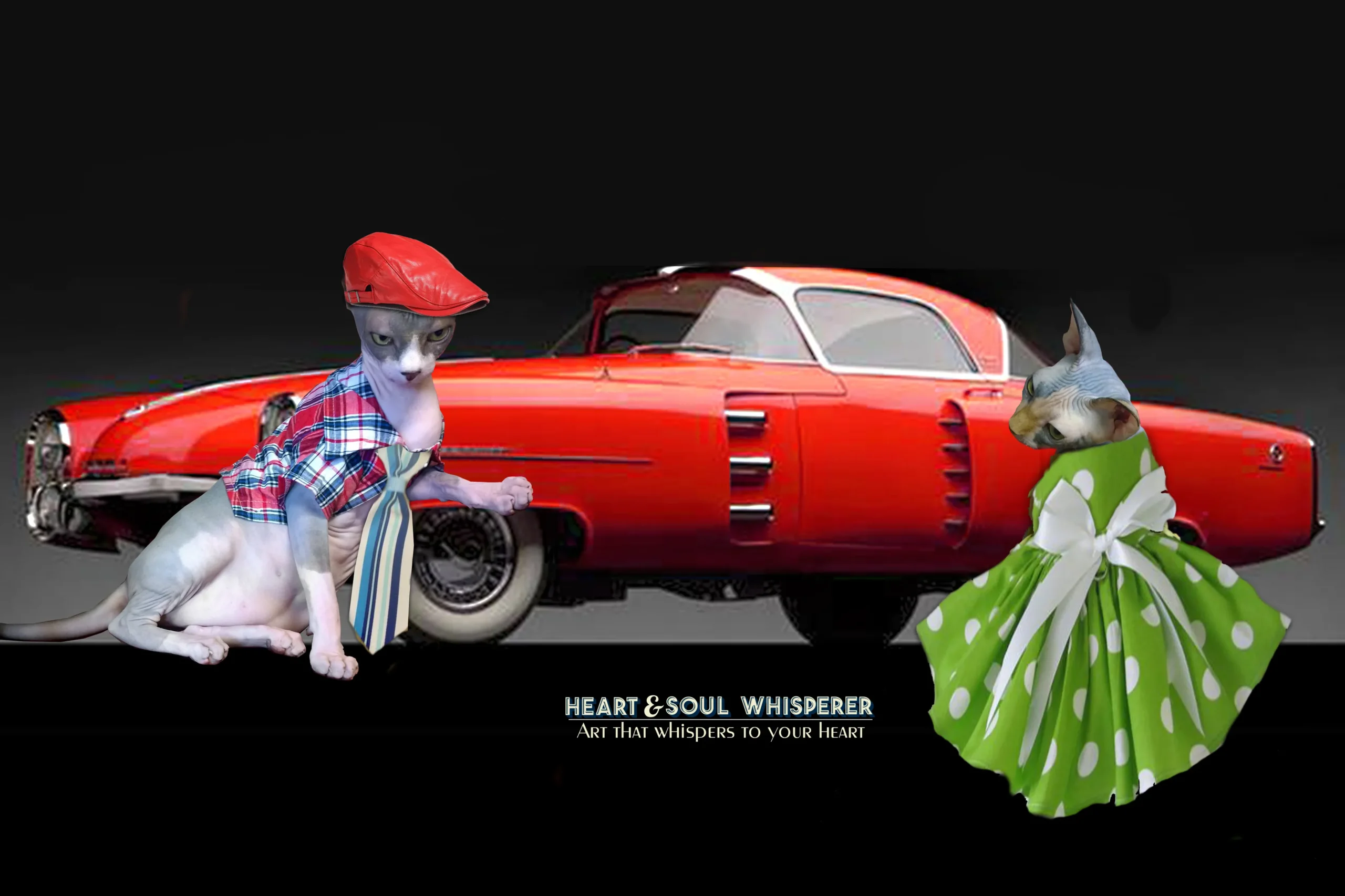
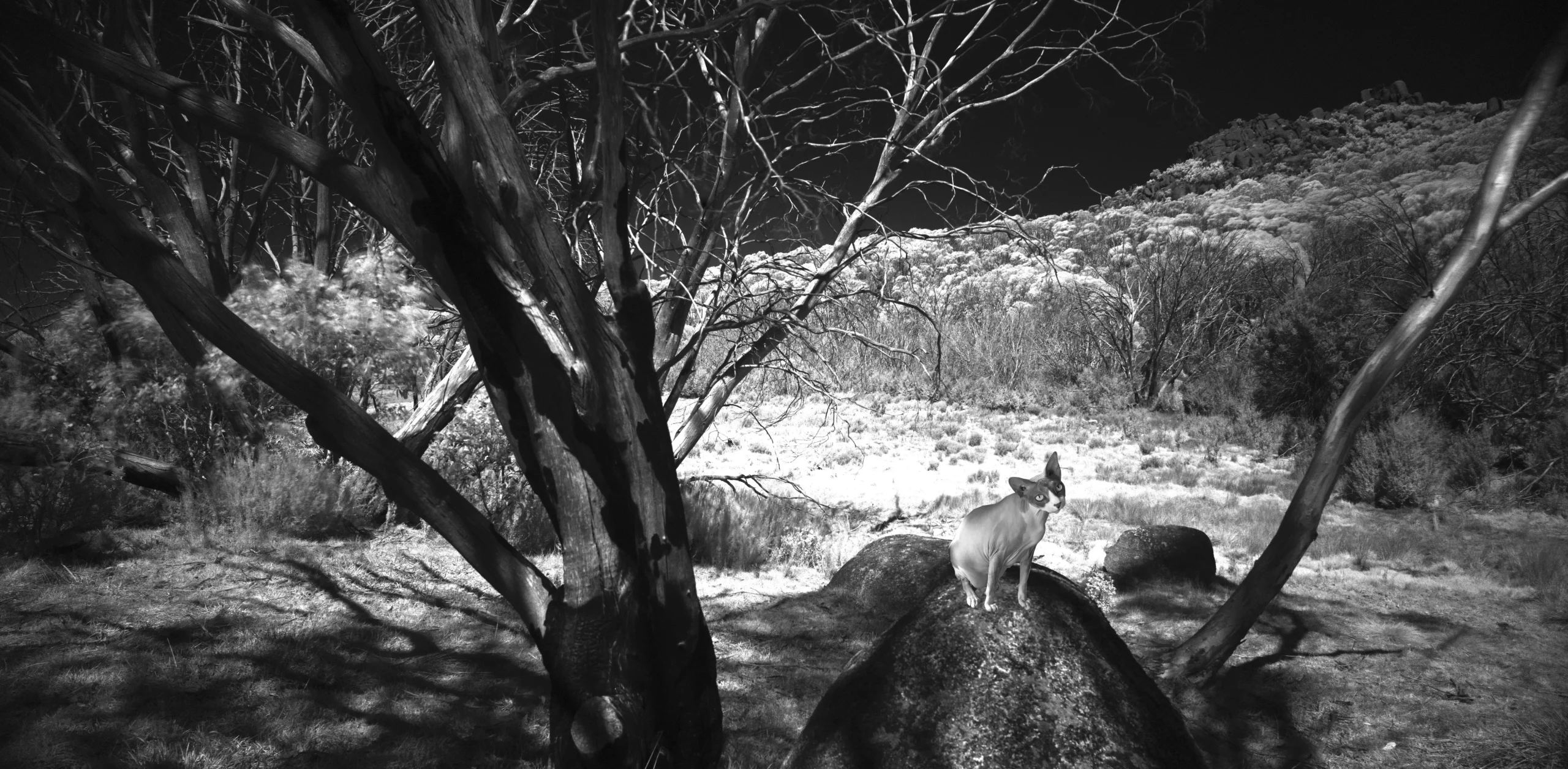
═══════════════════════════════════════════════════
At Heart & Soul Whisperer Art Gallery, every coloured and black and white photograph tells a story beyond sight—an emotional journey captured in light, shadow, and soul. Founded by visionary artist Dr Zenaidy Castro, our curated collections—spanning landscapes, waterscapes, abstract art, and more—offer a timeless elegance that transcends fleeting trends. Whether enriching private residences, corporate offices, healthcare facilities, hospitals, or hospitality spaces, our artworks are designed to transform environments into sanctuaries of memory, beauty, and enduring inspiration. Let your walls whisper stories that linger—reflections of art, spirit, and the love that connects us all.
[sp_easyaccordion id=”54056″]
═══════════════════════════════════════════════════
Tag: Travel destination, Travel stories, Travel Blog, Cultural travel, Travel Guide, Adventure Travel, Nature Travel, Street Photography, Wanderlust, Travel Photography, Adventure, World Traveler, Globetrotter, Travel Life, Explore The World


